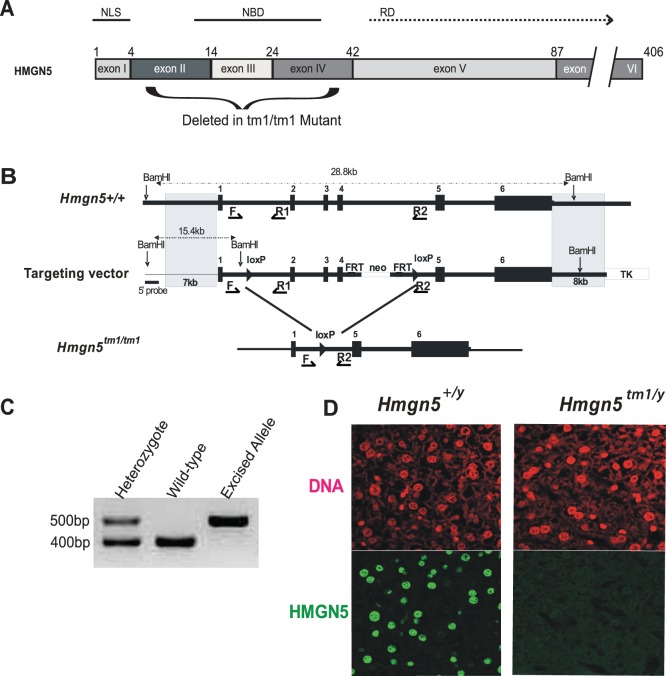Figure 1. Generation of Hmgn5tm1/tm1 mice.
A) Diagram detailing the exons coding for the various functional domains of HMGN5. NLS: nuclear localization signal, NBD: nucleosome binding domain, RD: regulatory domain. The numbers denote the amino acid position at the border of each exon. The exons deleted to create the functional knock-out for HMGN5 are denoted by the curly bracket below the diagram. B) Strategy for generating Hmgn5tm1/tm1 knockout mice. loxP sites were placed downstream of exon I and upstream of exon V of the Hmgn5 gene. The neo cassette, flanked by Frt sites, was placed downstream of exon IV. Following removal of the neo cassette together with exons II, III, and IV of Hmgn5, breeding of Hmgn5 +/tm1 mice gave rise to homozygous mutants lacking the nucleosomal binding domain. Black arrowheads with F, R1 and R2 show the positions of the primers used for genotyping of mice. C) Genotyping of female Hmgn5+/tm1, Hmgn5+/+, and Hmn5tm1/tm1 (or male, Hmgn5tm1/y) mice. D) Immunofluorescence analysis of liver tissue from Hmgn5+/y and Hmgn5tm1/y littermate mice.

